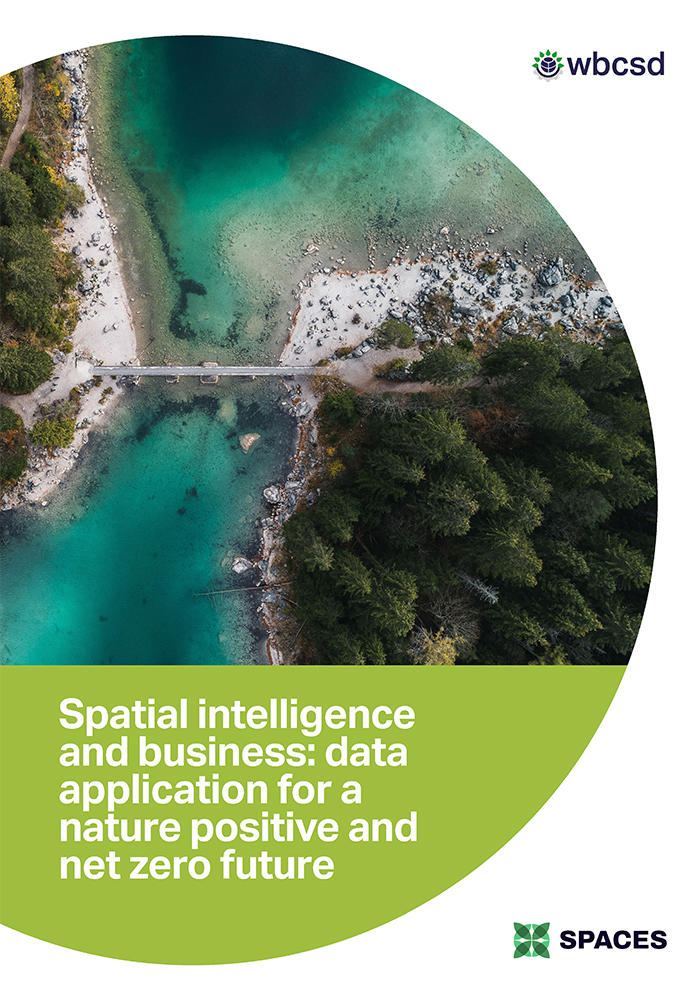
An engagement paper on how using location-specific information can help inform decision-making, transform & improve business strategies to achieve global nature and climate goals.
Following the business roundtables on the road to the Convention on Biological Diversity (CBD) COP 15 focusing on how to align business action with the CBD Post-2020 Global Biodiversity Framework, WBCSD has collaborated with Systemiq and UN Environment Programme World Conservation Monitoring Centre (UNEP WCMC) to deliver this whitepaper explaining the role of spatial intelligence.
Momentum is growing for action towards a nature-positive global economy to complement ongoing action on net zero commitments under the Paris Agreement. However, taking action for nature is more complex than for net zero. Unlike greenhouse gas emissions (GHG), nature has multiple layers, and is inherently location-specific. Therefore, as consensus builds on the need to recognize the ‘climate-nature nexus’, location-specific, land- and seascape level approaches that include all stakeholders are needed to harmonize sometimes competing demands, and ultimately deliver on global nature and climate goals.
Spatial intelligence uses spatial (or ‘location-specific’) data, tools, analysis and visualization, to inform sound decision-making. It can help businesses to:
- play a critical role in supporting national spatial planning processes to help mediate competing uses of, and rights to, land for agriculture, industry, infrastructure, nature conservation etc;
- evaluate their impacts and dependencies on nature and assess related risks and opportunities;
- transform their business strategies and make robust commitments to support a nature positive, net zero economy;
- demonstrate eligibility to access green finance and related products; and
- assess and transform their own operations and value chains to deliver on their commitments in line with those set out at the national and global levels

